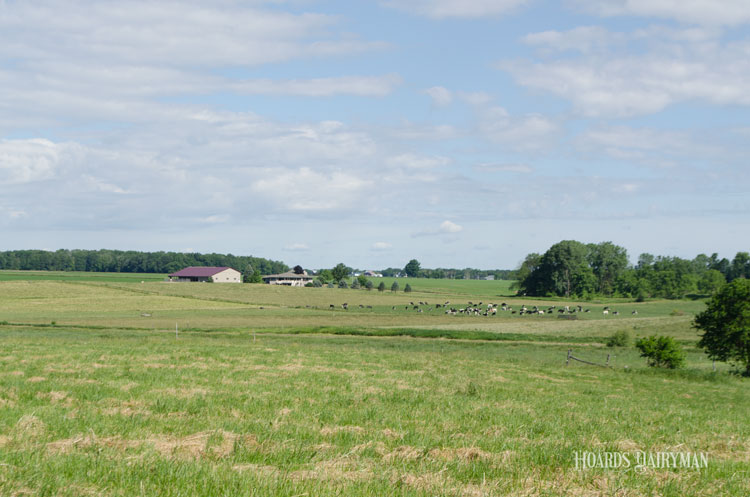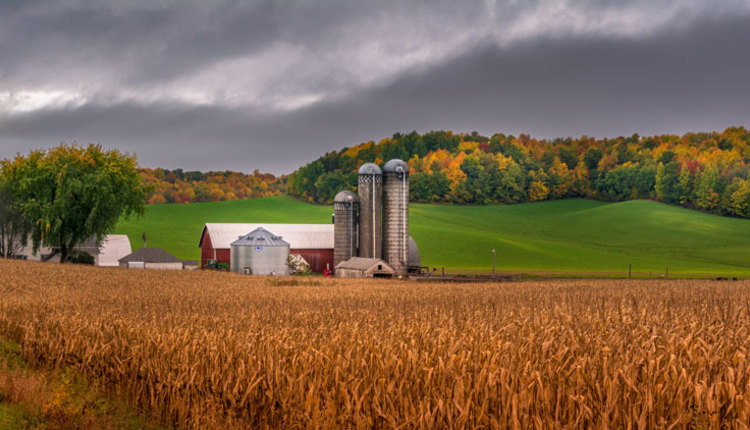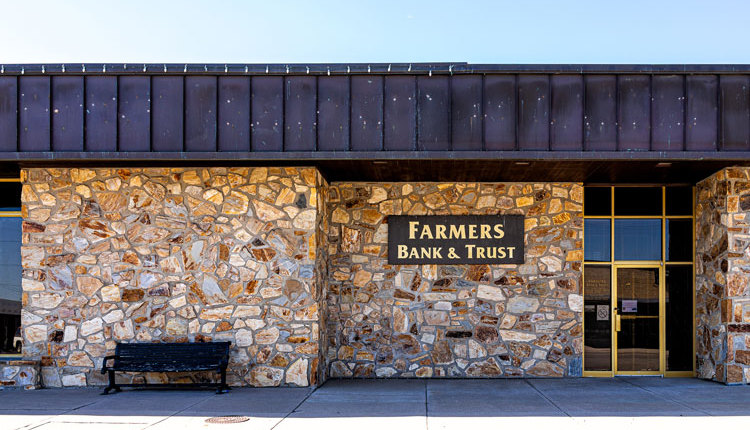
Across the Midwest, bankers reported worsening financial and credit conditions for the agricultural sector, as indicated by higher loan demand and lower repayment rates. On top of those factors, on February 21, Federal Reserve Bank officials pointed toward interest rate hikes in the coming year.
With already low income and low repayment capacity, higher rates will further limit borrowing capacities that are already tight or nonexistent for many farms. As a result, capital expenditure will be limited and land values will be under a lot of pressure.
Fortunately, land values have been holding up . . . so far. Reports from Federal Reserve System branches suggest that land market in the Midwest has held up quite well in 2017, and should continue to do so in 2018. In states like Montana, the Dakotas, and Minnesota, land values declined by only 1 percent . . . less than it had in 2016.
In Indiana, Illinois, Iowa, and Wisconsin, land values have also fared better in 2017 than they did in 2016 and 2015. In fact, most of those states actually saw land values going up over the last 12 months. Further south, in the Tenth District (Colorado, Kansas, Nebraska, Oklahoma, Wyoming, and Missouri) land values fell by 3 percent, which is less than the 5 to 7 percent annual reductions seen in previous years.
This is encouraging news for most dairy farms of the Midwest, as land represents their primary source of equity. According to the latest USDA Agricultural Resource Management survey, land and buildings accounted for 65 percent of the average dairy farm assets. That’s $1.8 million of the total $2.7 million in total dairy farm assets.
The relatively good news regarding the land market is due in part to the ability of potential land sellers to wait for a better market. For example, a number of farmers retiring or exiting the dairy sector will be able to hold on to their land, either renting or cropping it themselves. As long as this is the case, it will limit the land supply and avoid depressing land prices.
And, although the financial conditions have worsened, it seems that the demand for land remains strong. It appears that in a number of regions, investors are still active in buying land. While it raises other issues, the presence of investors can provide a diversified source of buyers that will help shield the land market from a sharp decline.








